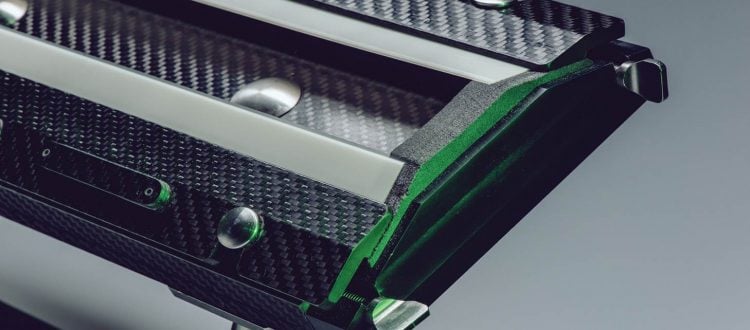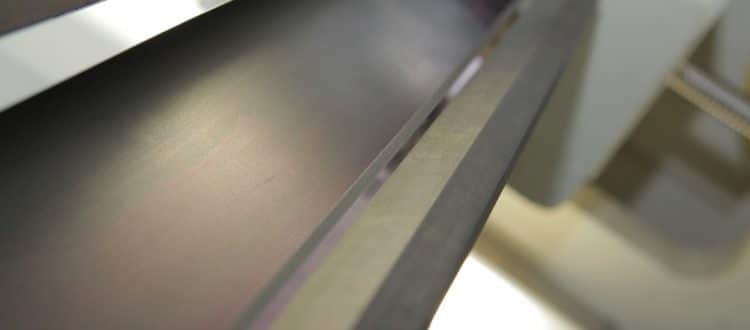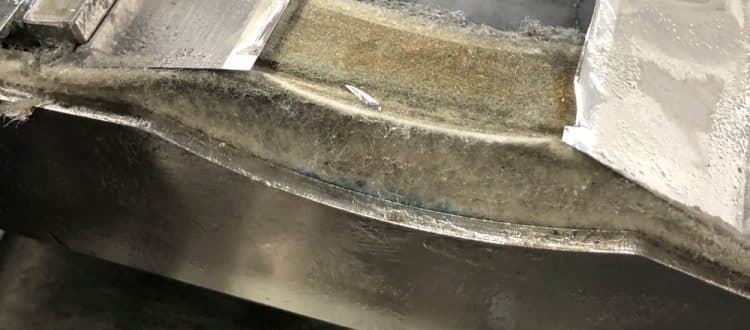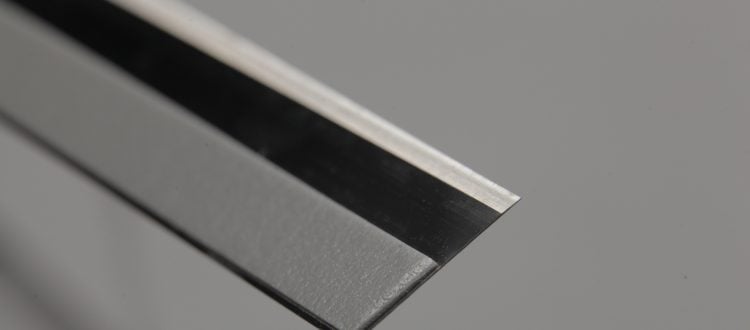If you are past a certain age you probably remember the movie The Graduate in which a young Benjamin Braddock (Dustin Hoffman) is urged to go into plastics (“Just one word, Ben: Plastics!”). This was not bad advice in 1967, as today we have plastics all around us in almost every form imaginable. Probably a third or more of your car is plastic and in your home and print shop the stuff is everywhere.
There are places where plastic is a nearly ideal answer, and others where it is just a cheap substitute for better materials. Which to use depends on the application. Plastic doctor blades have their place in narrow- mid- and wide-web flexo printing. Some can even last longer than steel, assuming the press is operated correctly. Factor in a competitive cost and some added safety when handling, and some good arguments can be made for plastic blades.
Key characteristics of Synthetic Blades
These days, most suppliers refer to plastic blades as “synthetic,” meaning a blade is made from a material other than steel, and sometimes shy away from the word “plastic.” That’s because steel blades have long been the standard for quality and performance. Yet even steel blades are not created equal. There are plenty of inexpensive steel blades on the market that are one-job wonders, every bit as disposable as lower-end plastic blades. It all comes down to design, quality and on-press performance, and you do get what you pay for.
Two characteristics make the biggest differences in performance: spring memory and a blade’s ability to reduce ink spitting, especially with UV inks. Spring memory is a blade’s ability to return to its original shape after being flexed. A blade is almost invariably flexed in various ways before it is clamped into an ink chamber and you need it to retain its original shape. Steel, being denser and stronger than plastic, has an inherently better memory so it is more likely to retain its original shape. Meanwhile, ink spitting has to be well controlled because inks tend to become less viscous (thinner) when shaken, agitated, sheared or stressed (a tendency called thixotropy). This decline in viscosity allows an ink to more easily pass under a doctor blade unless metering is well optimized, such as by using blade with excellent spring memory and a thin tip. Combined, control of these factors can make a measureable and visible difference in the quality of the labels and packaging that stream off the far end of your flexo presses.
So, can a synthetic blade do this as well as steel? Yes, if it is a top-quality blade, which may actually be more expensive than its steel counterpart. By comparison, the least expensive plastic blades are usually no match for steel. After all, you still look for synthetic blades with the spring memory and range of tip profiles for ink control that you expect on a steel blade but with the ease of handling and safety of a synthetic one. One approach in this quest is laminated blades, such as those from Esterlam.
The laminated difference
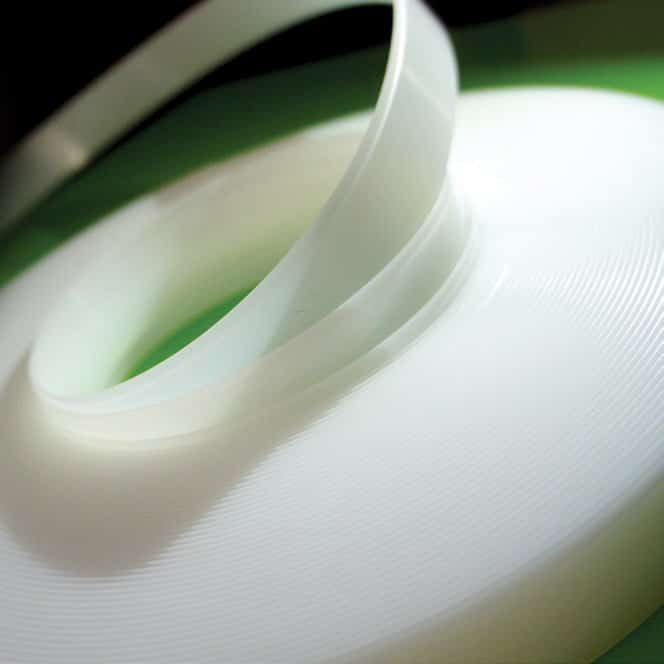
Most ‘plastic’ blades are extruded or molded to a specific shape. The materials used can be formulated to provide varying degrees of hardness, tip profiles, durability and dimensional stability. Plastic blades typically work well, but may only last for a limited time because the materials are softer than steel, wear faster and may require more frequent changes. This can be acceptable for some applications, but frequent replacement comes with the need to buy and inventory additional consumable products, increases press down time due to increased changeovers, and in some cases may cause a decline in print quality. In some instances, such as when too wide a blade is used for ink control, the added width can result in ink contamination if the wider blade melts or degrades due heat and friction from contact with the anilox roll.
In contrast, doctor blades from Esterlam are comprised of thin layers of bi-axially laminated polyester that result in strong, highly stable structures that allows blades to remain stable at a wide range of operating temperatures. Spring memory similar to that of steel helps maintain pressure across the length of the blade, and with the right blade profile, helps control spitting as ink viscosity changes. Moreover, laminated blades work well on substrates ranging from thin films to corrugated materials, even when blades are in use for up to a month.
On-Press performance
Avery Dennison, for example, is presently applying a specialty water-based adhesive to films, using Esterlam blades on a gravure press. Jaime Neubecker, Maintenance Lead for this operation, says the company has been using Esterlam blades, provided by Provident Group, on its primer station for a couple months.
“They are working just as well if not better than the carbon fiber blades we were using previously,” affirms Mr. Neubecker. “They wear very well and have been holding up well for our application. We normally changed carbon fiber blades about every two weeks and have been currently getting four to five weeks out of each Esterlam blade. We’re very happy with the performance and the cost.”
For Provident, Esterlam’s blades let customers obtain the best possible quality, durability and ROI from either steel or synthetic blades. Andy Gillis, General Manager at Provident Group, says demand for quality synthetic doctor blades is expanding rapidly. “Laminated blades are far superior to traditional synthetic blades,” he notes. “As with our long-life steel doctor blades and end-seals, the difference for printers and converters is the value they receive from products that have a strong ROI. Esterlam’s laminated blades can run longer while maintaining print quality, making them a more efficient and more economical consumable.”
Talk with your Provident Group Technical Sales Representative to find out how Esterlam doctor blades may be the synthetic doctor blade solution you have been looking for.
